Editors’ Picks




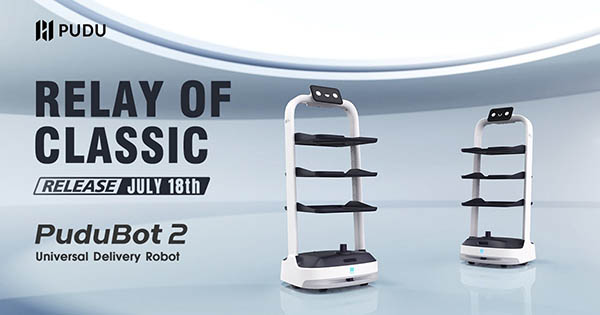
Found in Robotics News & Content, with a score of 0.95
…have announced layoffs over the past few weeks. The company’s CEO attributed the layoffs to the impact of the COVID-19, as well as failing private equity investments, and the company’s long road to profitability, according to the South China Morning Post. Last year, Pudu raised close to $155 million in Series C funding.
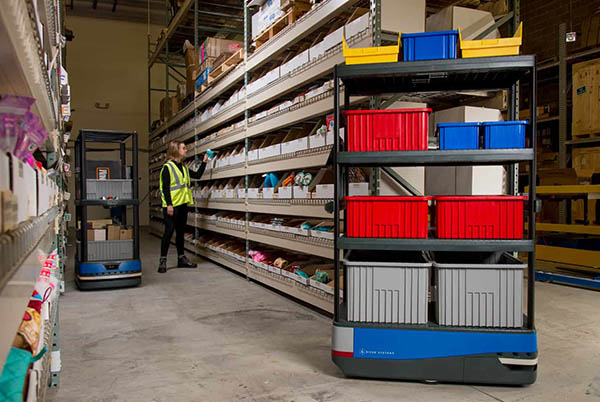
Found in Robotics News & Content, with a score of 0.73
…the growth to e-commerce demand and cited North America as a leading region. However, it also noted expense and COVID-19 constraints as challenges. Peerless Research Group (a sibling organization to Robotics 24/7) found that many logistics businesses are just beginning to automate and that most expect to add robotics in the near future for applications such as picking, sorting, and case/tote transport.

Found in Robotics News & Content, with a score of 0.32
…to achieve production targets. Post-pandemic supply chain stabilization The COVID-19 pandemic challenged supply chain regimes across the world. The temporary closure of ports of entry deprived manufacturers of critical supplies, which in turn caused a slowdown in manufacturing activities. In 2022, most sectors of the economy are rebounding. Governments are slowly easing pandemic control measures, and international borders are opening up. Manufacturers learned several lessons from the pandemic period. The financial losses, which ran to billions of dollars, were a wake-up call for manufacturers to explore innovative methods to increase supply chain resilience. Manufacturers are struggling to replace all jobs…

Found in Robotics News & Content, with a score of 0.40
…grinding metals, and sorting fish to PCR testing for COVID-19.” “We typically see three types of project teams,” he told Robotics 24/7 during a recent visit to ARM's headquarters in Pittsburgh. “There are the standard vertical teams, involving robotics vendors. Then there are the horizontal ones, such as aerospace manufacturers working on wire harnesses. Finally, there are the non-standard, pre-competitive ones, such as small startups or groups within universities and larger companies.” ARM project call includes new features The ARM Institute's latest project call is different from its predecessors, noted Livia Rice, senior outreach manager for the organization. Project teams…

Found in Robotics News & Content, with a score of 0.44
…in Asia, CEO Felix Zhang Tao cited the ongoing COVID-19 pandemic, falling private equity investments, and the long road to profitability. Starship Technologies—San Francisco-based Starship, which has developed and tested autonomous delivery robots, raised $100 million early this year. Last month, the company said it was “reducing headcount” by 11% to meet profitability goals, as its pilot with The Save Mart Cos. ended. At the same time, the Association for Advancing Automation (A3) noted that North American robot sales increased by 43% in value year over year in the first quarter of 2022. Similarly, the International Federation of Robotics (IFR)…
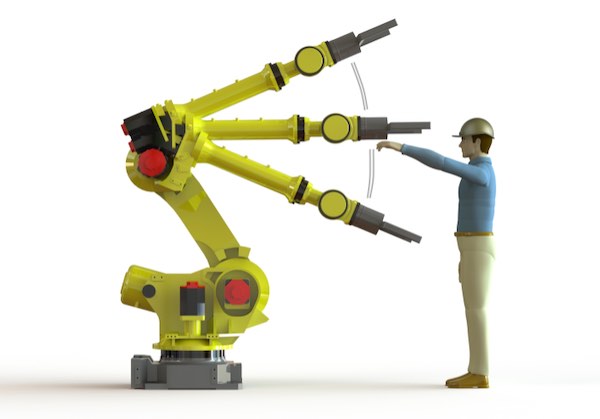
Found in Robotics News & Content, with a score of 0.51
…supply chain challenges, and unprecedented labor shortages. Since the COVID-19 pandemic, nearly all manufacturers are looking to automate more operations, including turning to robots to handle mundane, repetitive, or overly risky tasks, said Veo. North American robot purchases reached a record high in 2021, according to the Association for Advancing Automation (A3), and global sales could increase to $31 billion by 2028, said Fortune Business Insights. Veo Robotics surveyed more than 500 manufacturers across the U.S., the U.K., and Japan to explore how these organizations are integrating robots into their workforce, as well as the resulting effects on facilities and…
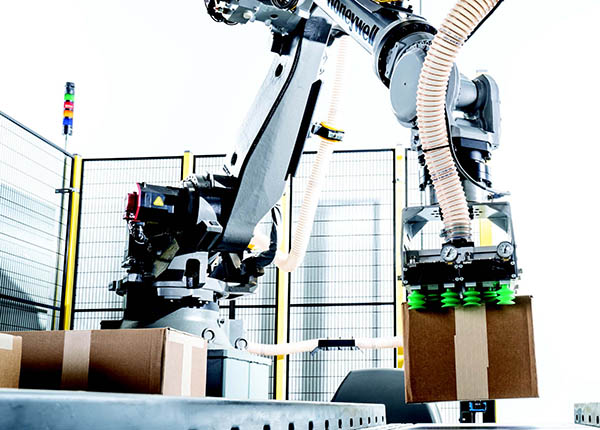
Found in Robotics News & Content, with a score of 0.61
…International Inc. today released a whitepaper exploring how the COVID-19 pandemic, global trade challenges, and regional conflicts have created long-term disruptions to the historically predictable throughput and capacity of warehouses and distribution centers. The report, “Warehouse Automation: Future-Proofing the Global Economy” report, which was written by Futurum Research, examined automation as an increasingly critical component in helping warehouse and distribution center (DC) operators meet escalating consumer demands. ““One of the biggest predictors of how a business will thrive in the hypercompetitive e-commerce and omnichannel marketplace is how well it improves its decision making in real time to make deliveries faster…
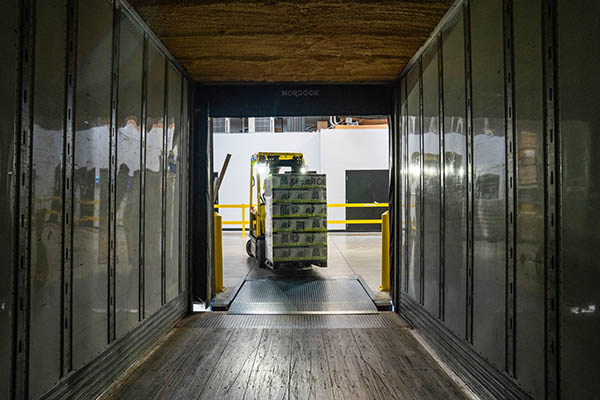
Found in Robotics News & Content, with a score of 0.49
…boost efficiency with the help of innovative robots. The COVID-19 pandemic has left many facilities coping with labor shortages alongside increasing demand for cold goods and fast service from the online grocery market. Warehouse robots are the perfect tools to improve workplace safety while also closing the gap left by employee shortages, which will improve safety even further. Boosting efficiency with warehouse robots Automating warehouses has many benefits, including improved employee safety and noticeable efficiency improvements, even with fewer workers. At the end of April, the U.S. was short an estimated 11.4 million workers, with unfilled job openings in every…
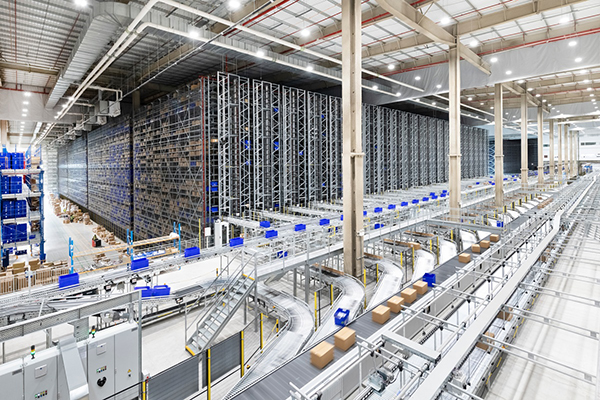
Found in Robotics News & Content, with a score of 0.31
…years [including] labor shortages, Shanghai shut down because of COVID-19, and the Ukraine conflict,” Shaver said. “How can we leverage our supply chain knowhow and Google's AI/ML capabilities to make the complex simple for customers?” He also cited environmental sustainability as a benefit of Dematic's partnership with Google Cloud. “Taking waste out of the supply chain has been gaining steam, but Europe has been ahead of the U.S.,” noted Shaver. “What do we want to be able to do five years from now? Taking 10% of trucks off the road would be a good starting point. Looking across the ecosystem…
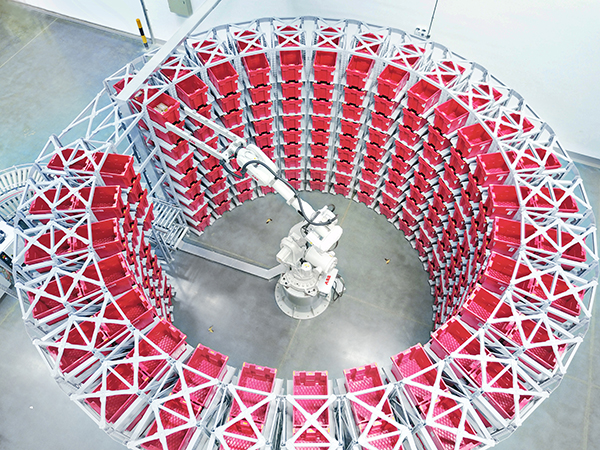
Found in Robotics News & Content, with a score of 0.58
In response to the COVID-19 pandemic, geopolitical disputes, raw materials shortages and trade issues that have rocked global economies and supply chains, a majority of U.S.-based companies are planning to relocate production closer to home, according to a recent survey by ABB. Surveying 1,610 executives in the U.S. and Europe, ABB found that 70% of U.S. businesses are planning changes in their operations, with 37% planning to bring production back home and 33% looking to nearshore and shift their operations to a closer location. “Business leaders are responding to unprecedented supply chain disruptions by putting into place measures to make…
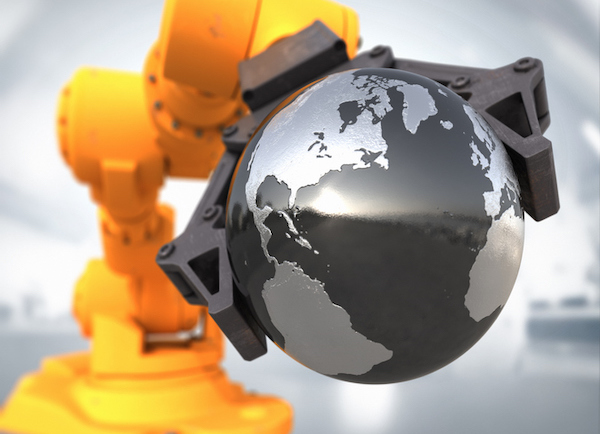
Found in Robotics News & Content, with a score of 0.72
After the disruptions of trade conflict, the COVID-19 pandemic, and ongoing supply chain and workforce challenges, sales of industrial robots made a strong recovery in 2021, reported the International Federation of Robotics. A new record of 486,800 units were shipped globally—an increase of 27% compared with the previous year. The Americas increased by 27%, with 49,400 units sold. Asia and Australia saw the largest growth in demand: Installations were up 33%, reaching 354,500 units. Europe saw double digit growth of 15%, with 78,000 units installed, according to the International Federation of Robotics' (IFR) preliminary results for 2021. “Robot installations around…
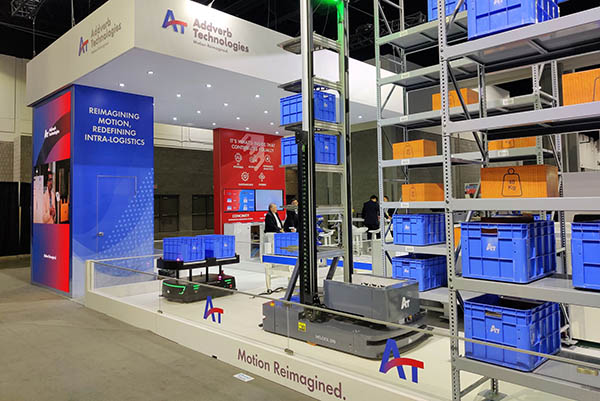
Found in Robotics News & Content, with a score of 1.33
…trends and topics: How the robotics market has grown to meet logistics challenges, including the “Amazon effect” and the COVID-19 pandemic Why collecting and using data is critical for global supply chains, as well as managing innovation Addverb's value proposition as “the Tesla of integrators” Maturing hardware and software equal automation nimbleness When to integrate automation with enterprise systems Addverb's entry into the U.S. market and its priority of building relationships Whether competition, specialization, and quality matter in the warehouse space Why scaling support matters Don't worry about humanoid robots; automation is here to help Tune in, listen, and watch!



